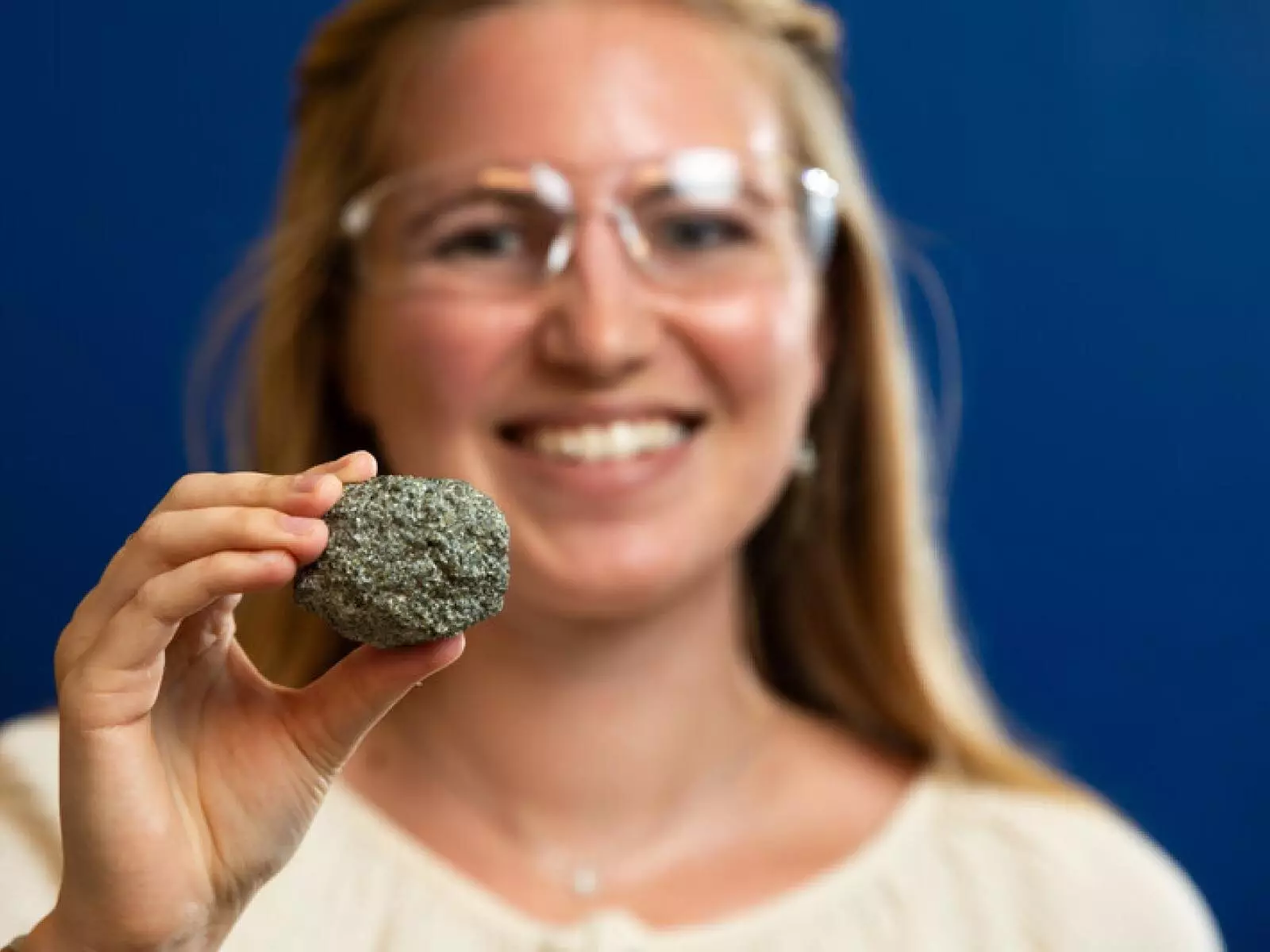As the global community grapples with the urgent crisis of climate change, humanity must exploit every scientific avenue to combat the serious issue of carbon emissions. While much attention has been given to renewable energy sources like solar and wind, a groundbreaking method for carbon management is unfolding beneath our feet. Researchers at the Pacific Northwest National Laboratory (PNNL) are pioneering a process that enables the transformation of carbon dioxide (CO2) into solid mineral forms. This process of carbon mineralization draws inspiration from Earth’s natural geological processes but accelerates them significantly, converting CO2 into rock in a fraction of the time—months instead of millennia.
However, the potential of this technology is matched by significant challenges in scaling it for widespread use. According to PNNL Chief Chemist Todd Schaef, the carbon mineralization process is not just about CO2 conversion; it requires robust systems for measuring and verifying that the sequestered carbon is truly contained and will not re-enter the atmosphere. This intricate balance of science, technology, and accountability is crucial in ensuring that we genuinely mitigate the effects of climate change.
Measuring Progress: The Role of Cutting-Edge Techniques
A critical breakthrough in ensuring the effectiveness of carbon mineralization comes from the meticulous efforts of Madeline Bartels, an intern on Schaef’s team. Her findings, published in the prestigious journal Analytical Chemistry, introduce techniques for counting carbon mineral molecules at supremely low concentrations, an achievement previously deemed unattainable. By measuring carbon minerals at under 100 parts per million, Bartels brings us unabashedly closer to evidencing how much carbon can be credibly stored underground.
To grasp the magnitude of this achievement, consider a metaphor: if a playing card symbolizes one part per million, locating that card on an entire football field exemplifies the precision involved in these measurements. Bartels’ work empowers scientists to move from observational estimates to precise quantification of carbon retention within solid rocks.
A History of Success: The Wallula Basalt Project
One striking example of the PNNL’s carbon mineralization technique in action occurred at the Wallula Basalt Pilot Demonstration site in 2013. Researchers successfully injected 977 metric tons of liquid CO2 underground, returning after 22 months to find that the gas had morphed into solid minerals. This remarkable case indicates the potential for large-scale implementation but highlights an unsettling reality: despite its viability, commercial-scale applications of carbon mineralization are yet to be realized in the United States.
The crux of the problem lies in regulatory hurdles; specific permits are required to inject CO2 underground, yet the infrastructure needed for such approvals is still in development. Industry stakeholders and agencies, including the Department of Energy, officials from local communities, and national laboratories, must collaborate efficiently to establish the guidelines that will allow for the environmentally secure storage of CO2.
Pioneering Methods: A Look at TGA-MS Technology
New technology facilitates this promising journey towards scalable solutions. The thermogravimetric analysis mass spectrometry (TGA-MS) is at the forefront of these advancements. Bartels’ work revolves around utilizing this sophisticated analytical tool to analyze drill cutting samples from the Wallula well. In a fascinating method, powdered rock samples undergo heating, resulting in reactions that release both water and CO2, which then flow to a mass spectrometer for precise analysis.
Unlike traditional methods, which typically assess larger quantities of minerals, TGA-MS dives into the details of tiny samples, revealing the fine structure of carbon mineralization. The recent study not only achieved quantification at 48 parts per million but also established a calibration curve linking mineral weight to TGA-MS signals. This foundational work not only legitimizes the results but empowers future researchers to engage with carbon mineralization on a more granular level.
Future Perspectives: Inspiring New Generations
As PNNL continues to refine its carbon mineralization strategies, the focus also shifts toward energizing the next generation of scientists and researchers. SULI intern Madeline Bartels represents a beacon of hope in this endeavor. Her hands-on experience at PNNL has not only culminated in a significant publication but has also highlighted the lifelong learning opportunities available at national labs.
Bartels’ continued commitment to carbon mineralization research as she advances her academic career reveals a larger vision. By actively engaging and educating budding scientists, the PNNL seeks to galvanize a robust team with diverse perspectives and innovative ideas. This collaborative spirit is vital to transforming theoretical science into real-world applications that can significantly mitigate climate change. As carbon management emerges as a critical field of study, the integration of young talent into scientific laboratories like PNNL may very well hold the key to our planet’s future.

